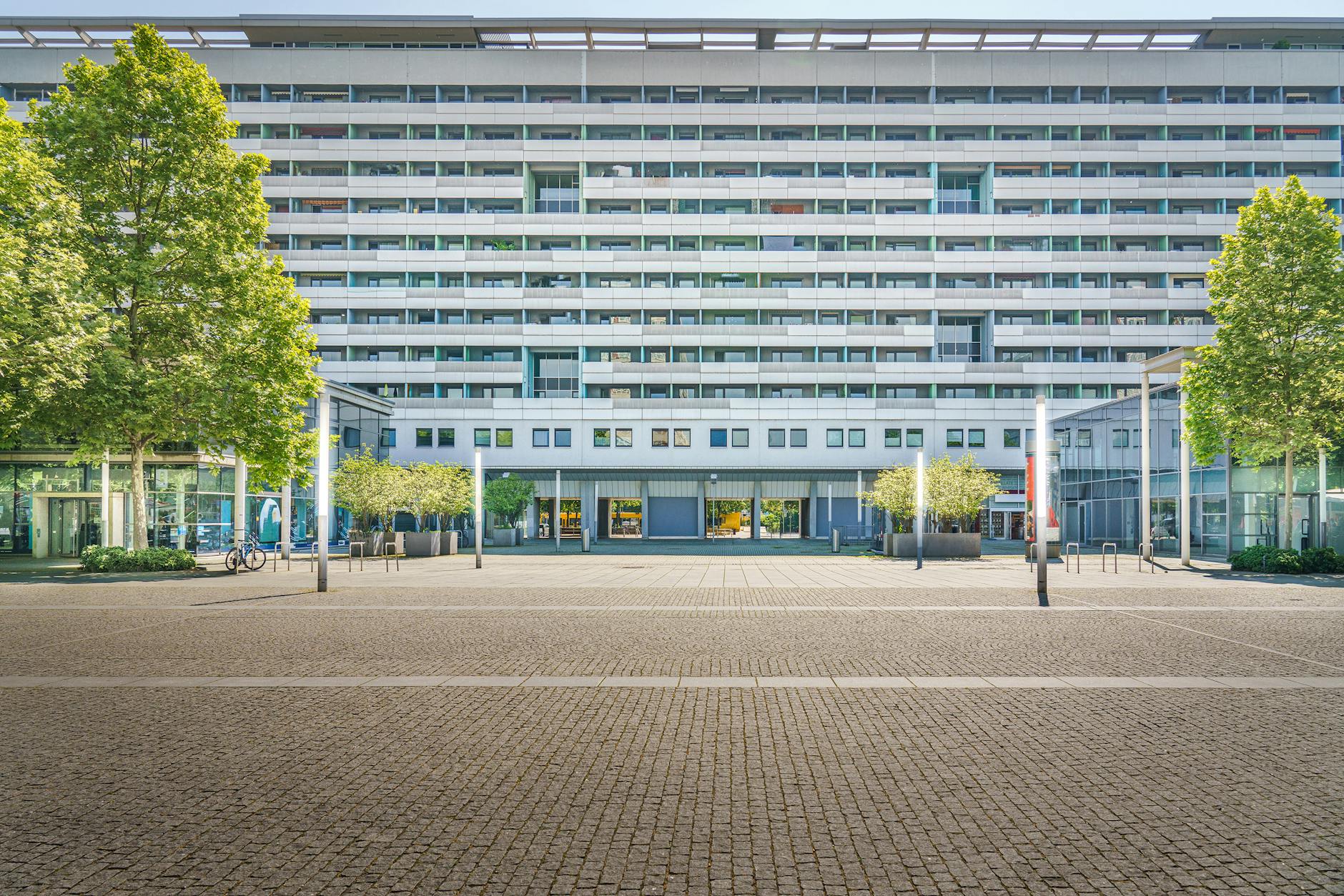The Complete Guide to Commercial Real Estate Leasing Trends
The complete guide to commercial real estate leasing trends
As the commercial real estate market evolves, understanding the latest leasing trends is essential for investors, landlords, and tenants alike. Changes in work habits, economic shifts, and technological advancements have transformed the way businesses approach leasing commercial spaces. This guide explores the current dynamics shaping the commercial leasing landscape, providing insights into tenant preferences, emerging lease structures, and market demands. Whether you are navigating retail, office, or industrial sectors, staying informed about these trends can help in making strategic leasing decisions and optimizing property management. In the sections that follow, we will break down the critical factors influencing commercial leases today and what stakeholders can expect moving forward.
Shifting tenant preferences and space utilization
One of the most notable trends in commercial real estate leasing is the shift in tenant preferences, largely driven by changes in work styles and business models. The rise of remote and hybrid work arrangements has reduced the demand for traditional office space, prompting tenants to seek more flexible and adaptable environments.
- Flexible workspace solutions: Many tenants now prioritize short-term leases, coworking spaces, and adaptable layouts that can be reconfigured easily to match workforce fluctuations.
- Focus on wellness and sustainability: Modern tenants favor buildings with green certifications, energy-efficient systems, and amenities promoting health and well-being.
- Location versatility: Suburban and secondary markets are gaining traction as businesses look for cost-effective alternatives to expensive urban centers.
This evolution affects landlords’ leasing strategies, pushing them to incorporate tenant-centric features and flexibility into their lease agreements.
Emerging lease structures and terms
Traditional commercial leases have undergone significant transformation, with lease structures now reflecting the need for flexibility and risk-sharing.
- Gross vs. net leases: While net leases remain common—where tenants cover operating expenses—there is an increasing adoption of modified gross leases to create simpler cost frameworks.
- Flexible lease durations: To attract tenants uncertain about future needs, landlords offer shorter-term leases, often with options for renewal or expansion.
- Performance-based clauses: Some leases now include revenue-sharing or percentage rent components, especially in retail sectors.
- Early termination and expansion provisions: Recognizing tenant fluidity, lease agreements often allow early exit clauses or easy expansion rights.
Such terms contribute to a more dynamic leasing environment, balancing landlord security with tenant adaptability.
Impact of technology on commercial leasing
Technology has become a driving force in shaping leasing activities and property management. Digital platforms streamline processes from marketing available space to executing leases digitally.
- Virtual tours and AI-driven property marketing: Tenants can explore multiple options remotely, expediting decision making.
- Lease management software: Enables landlords to track lease terms, payments, and maintenance schedules efficiently.
- Smart building integration: IoT devices and building automation systems improve operational efficiency and appeal to tech-savvy tenants.
Technology not only enhances efficiency but also adds a layer of transparency and convenience that benefits both parties in the leasing process.
Market dynamics and economic influences
External economic factors continuously influence commercial leasing trends. The following table highlights key market indicators and their typical effects on leasing activity:
| Market Factor | Trend Impact | Tenant/Landlord Response |
|---|---|---|
| Interest rates | Higher rates can suppress investment and leasing activity | Tenants negotiate longer leases to lock in rates; landlords offer incentives |
| Economic growth | Positive growth increases demand for commercial space | Landlords raise rents; tenants face competitive market |
| Supply constraints | Limited availability boosts rental prices | Tenants prioritize location; landlords leverage scarcity for better terms |
| Remote work adoption | Decreases traditional office demand | Shift towards smaller, more flexible office spaces |
Understanding these market forces helps stakeholders anticipate changes and adjust leasing strategies accordingly.
Conclusion: navigating the evolving commercial leasing landscape
The commercial real estate leasing market is undergoing profound change driven by tenant demands, flexible lease structures, technological advances, and shifting economic conditions. Tenants now expect adaptable, cost-effective spaces that support evolving work models, pushing landlords to innovate lease terms and property features. The integration of technology enhances leasing efficiency and tenant experience, while market factors continue to influence supply, demand, and pricing dynamics.
For successful leasing outcomes, all parties must remain agile, informed, and responsive to these interconnected trends. By embracing flexibility and leveraging data-driven insights, landlords and tenants can forge leasing agreements that meet current needs and anticipate future shifts. Ultimately, understanding and adapting to these leasing trends is crucial for maintaining competitive advantage and ensuring sustainable growth in the commercial real estate sector.
Image by: Jakub Zerdzicki
https://www.pexels.com/@jakubzerdzicki
editor's pick
latest video
news via inbox
Nulla turp dis cursus. Integer liberos euismod pretium faucibua

